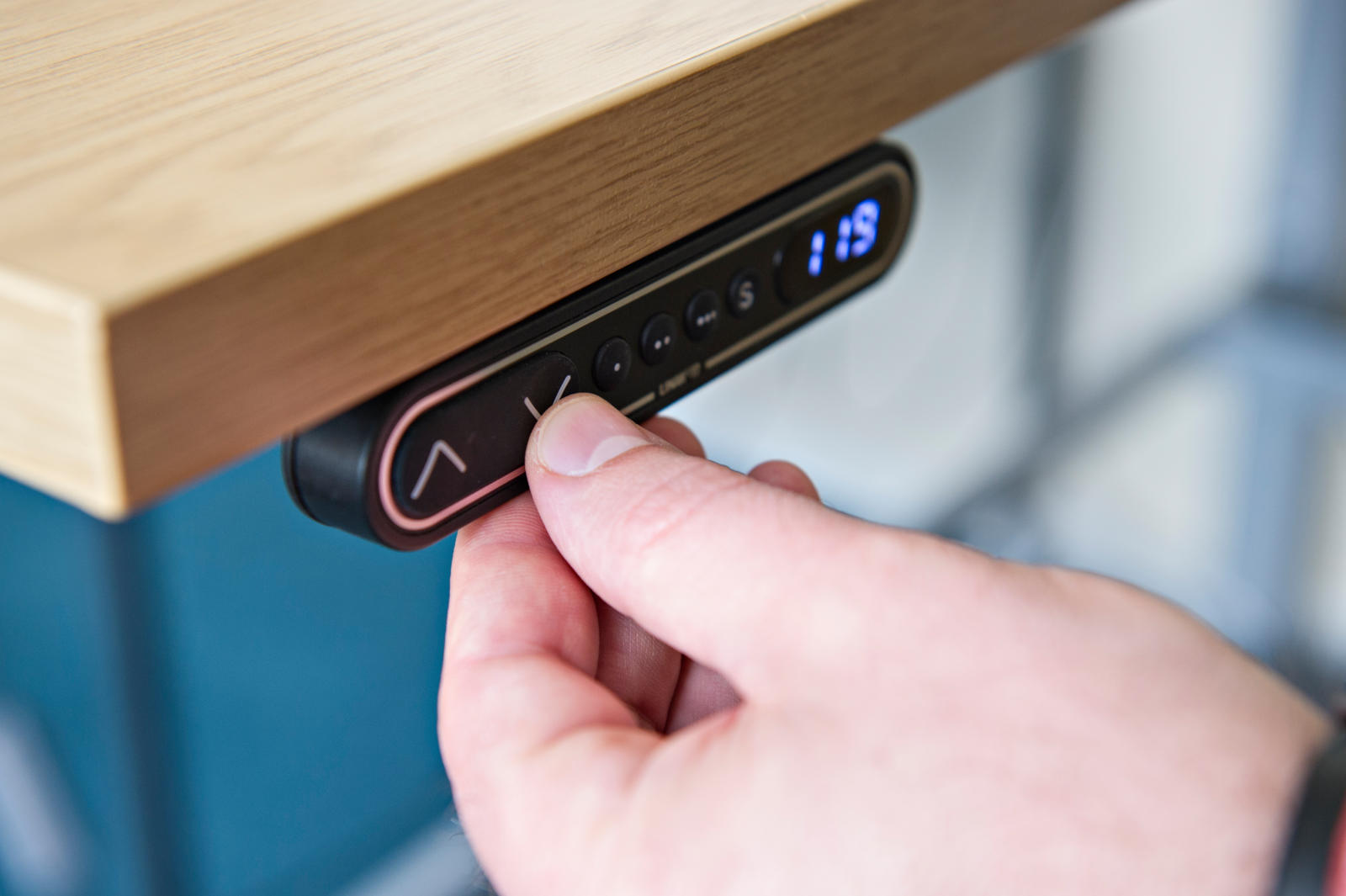Most people go to see a GP once a year for one thing or another; they are usually the first port of call when something is wrong, or when we want advice about our health.
But an important part of the role is to prevent health conditions from occurring in the first place and encourage patients to have good lifestyle behaviours, such as promoting physical activity.
When people go to see the doctor, they are usually greeted with, ‘Come in and take a seat’. But what if the doctor didn’t say this and instead asked able-bodied patients to join them in standing up for the consultation?
A recent study involving GPs across the UK showed that GPs would support the implementation of sit-stand desks within general practice, as long as consideration was given to the impact they may have on the doctor-patient relationship. It will not always be appropriate to stand up, such as when talking to someone who is upset or delivering bad news. But for many types of consultations, there may be no need to sit down.
The study showed that doctors believed able-bodied patients would find standing consultations acceptable. The public typically hold their doctor in high regard and most of the population sit for 60% to 70% of their waking day and do not do enough physical activity each week. We know that sitting for long periods of time is bad for health and that regular physical activity is good for health. So, it is important that doctors act as good role models to the public by standing up themselves.
Research also suggests that GPs do not regularly have conversations with patients about physical activity and reducing time spent sitting, which is surprising given the many health benefits from physical activity. Changing the way in which GPs consult to incorporating standing consultations may prompt GPs to have such conversations with patients more routinely.
GPs sit for long periods of time, typically between seven to nine hours a day, so it is important for them to look after their own health, too. If doctors are physically active themselves, they are more likely to recommend physical activity to their patients, and patients are more likely to follow lifestyle advice from doctors if they believe that doctors follow the advice themselves. So, it follows that GPs who reduce their own sedentary behaviour may be more likely to counsel patients about the benefits of reducing time sitting each day.
Ultimately, if standing consultations are considered acceptable to both GPs and patients, it may be possible that GP (and nurse) appointments could be changed to a two-tier system. Shorter standing appointments could be available for certain types of consultations, such as repeat prescription reviews, while longer sitting appointments could be available to deal with more complex health problems.
With limited health care resources, increased workloads for GPs and high patient expectations, it’s important to explore ways in which the working environment for GPs could be altered or improved to bring consultations up to date with the modern working environment.
However, in advocating standing consultations, it is not suggested that GPs should sacrifice good doctor-patient communication to achieve administrative efficiency and optimum patient volume. Standing consultations might simply be a useful addition to how GPs support patients’ health.
There must be recognition that GPs will not be able to stand all day every day, and some patients will not be able or willing to stand. But this advice could be as important as any other advice GPs give to their patients.
Research Associate (GP Standing Desks)
The Centre for Lifestyle Medicine and Behaviour
